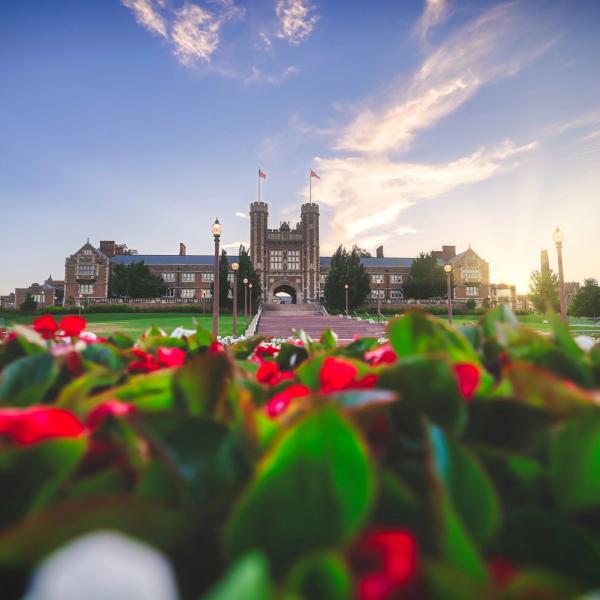Margaret Garb discusses St. Louis’ history with Eminent Domain ahead of a special event and conference on Oct. 6 &7.
This summer, the city of St. Louis knocked down several dozen houses in St. Louis Place, a century-old neighborhood just north of downtown. The 99-acre site, once a working-class black neighborhood, is destined to become the home of the National Geospatial-Intelligence Agency, which is moving from its outdated offices south of the city. With $1.6 billion in federal dollars and more than 3,000 jobs at stake, St. Louis fought hard to keep the agency in the city.
But many residents were angered and disappointed that city officials determined to replace their community with high-tech office buildings surrounded by parking lots and a high-security fence. Some long-time residents refused to sell their homes and businesses.
The city owned some abandoned properties, and dozens of parcels were held by developer Paul McKee, who stood to profit from the sales. The city purchased 551 parcels with just 136 intact buildings; 88 were inhabited houses or businesses, according to a St. Louis Post-Dispatch story. The city used eminent domain to acquire 44 buildings.
Eminent domain gives the government legal right to take private property for public use or to serve a public good. The government is required to compensate property owners at fair market value, which often is disputed. Even more controversial is the definition of the “public good.” Government has taken private property for the construction of schools, post offices and national parks. In the 2005 Kelo case, the U.S. Supreme Court ruled that government can seize private property for a private business in an effort to boost tax revenues and economic development.
Who counts as the public and what counts as a public good are hardly settled issues. The courts have given municipalities expansive authority in eminent domain cases. All too often, the public good is equated with enhancing property values and filling government treasuries while officials downgrade the interests of poor and African-American communities.
Urban renewal and community erasure
This summer’s rapid acquisition of land and housing in a struggling African-American neighborhood proved a grim reminder of urban renewal, the federal government’s mid 20th-century slum-clearance program that tore down working-class white and black neighborhoods in many major cities. With urban renewal, whole communities were displaced and erased from local history.
Urban renewal’s early advocates believed the program would replace run-down tenements with modern housing and glass-sheathed office buildings. More often, cities got sports stadiums and urban malls while low-income residents were moved into high-rise public housing. Poverty was shifted from one neighborhood to another. The historian Arnold R. Hirsch called the “renewal” of Chicago’s south side, the “making of the second ghetto.” James Baldwin called it “Negro removal.”
Continue reading the article on the Center for the Humanities website.



